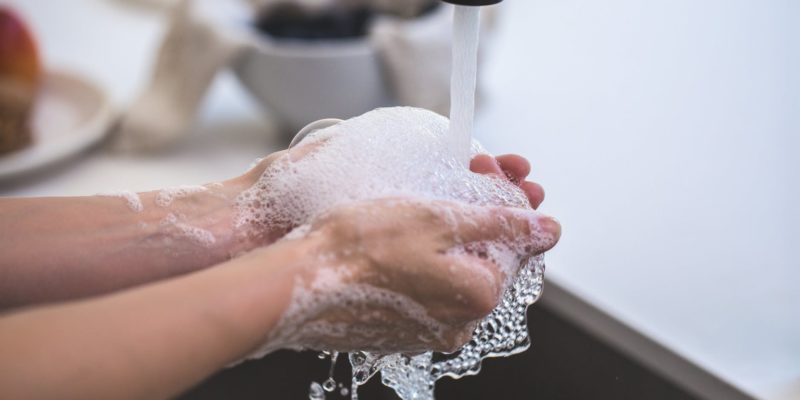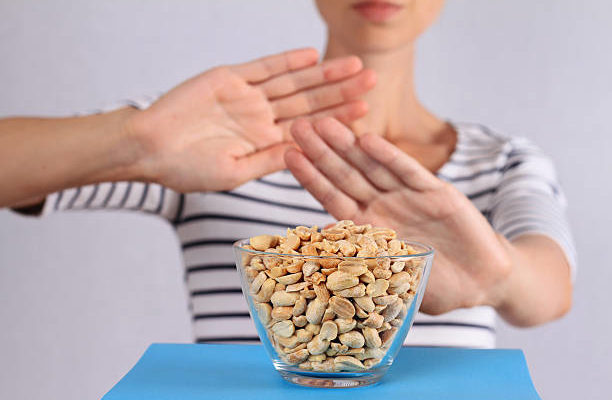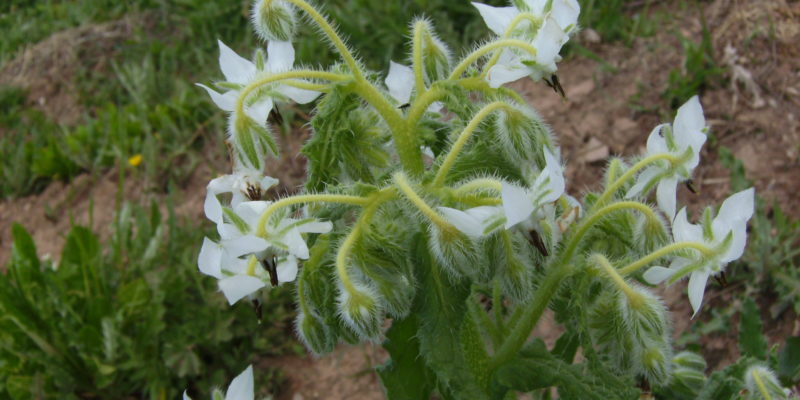I’ve been getting a lot of compliments about how well some folks are sleeping when using iSleep Herb Pack. There seems to be nothing quite like a rejuvenating night of sleep and once you get it, you really fall in love with the feeling and want to share it.
For those people who are accustom to a night of sleeping in short 1-2 hour spurts, a 6-7 hours, “Out like a light” is truly heaven sent.
Personally I can not function without at least seven hours of horizontal non-activity. If you are someone who struggles with insomnia, let me explain how Chinese medicine views insomnia and how Chinese herbs have been used to help those who suffer.
There are 4 main patterns for insomnia in Chinese medicine.
1. The first and most common reason for insomnia is due to “over-thinking”.
Termed Shen (spirit) disturbance. This is an overactive mind. Day time is the time to make plans, work and be active with your eyes open and your mind busy. Night time, (or whenever you are trying to sleep) is the time we close our eyes and shut off our brains. Too much thinking at night is unhealthy. The mind needs to time to rest just as the body needs it’s rest. This is where iSleep can be extremely beneficial because the herbs like zizyphus naturally calm the mind and stop the over-thinking process.
2. Insomnia due to panic, anger and excessive worry.
This pattern is especially worrisome because of it can easily become habitual. Emotions that are not addressed during the daytime hours may haunt us at night. We should try to deal with emotional problems during our waking hours but if you need a little help with this pattern of insomnia, iSleep Herb Pack is a very calming formula and in Asia this group of herbs is commonly used for excess stress and worry during the day. I know of some care givers who use iSleep to keep their aging and care dependent family members in a calm state during the day time hours. It is perfectly safe to use 1 packet of iSleep everyday if needed.
3. Insomnia due to yin deficiency.
This is very common in menopause age women. This kinds of insomnia is caused mainly by excess heat. What commonly happens in as women (and men) with age is comparable to what happens in a car with a broken radiator. The car begins to overheat because there is a lack of coolant circulating. Our coolant dries up as we age and if we don’t replace it with yin nourishing foods and herbs often the result is yin deficiency insomnia. (BTW, night time is also known as yin time.) Nourish your yin our Menopause Relief Herb Pack and you will begin to sleep better almost immediately. Some women (and yes men too) will use our Menopause Relief during the day and iSleep at night. There are no contraindication to using our herbal products this way.
4. Insomnia can have a nutritional component.
For the extremely weak or elderly often times a poor diet prevents the blood from properly nourishing the heart. This type of insomnia is call Qi & Blood deficiency. In this case, it is necessary to repair the body with proper nutrition and supplementation. This pattern of insomnia will often subside once the heart, kidneys and spleen are properly nourished. Eat well during the day because your body will be fasting for at least 8-10 hours when you are getting proper rest.
Although this is not a complete gamut of sleeping pattern difficulties in Chinese medicine these patterns are the most common. Often times it is a combination of these 4 that can persist. Chinese herbs have been used effectively for these patterns for centuries. If you would like to see more information on the studies behind the herbs in our iSleep insomnia aid please click here.

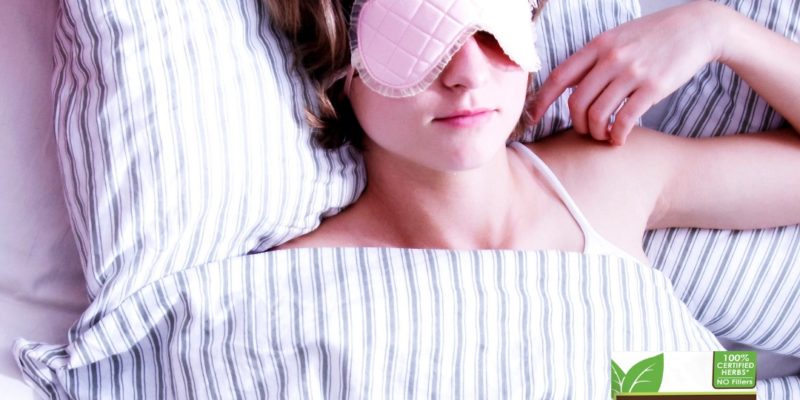
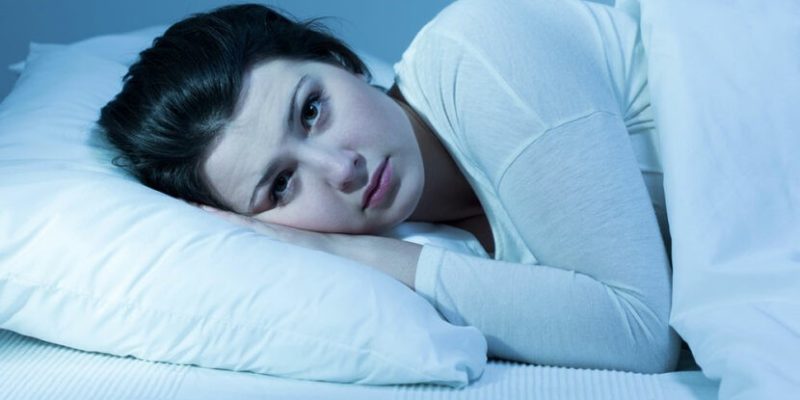
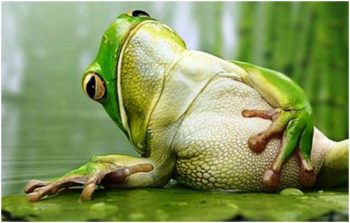
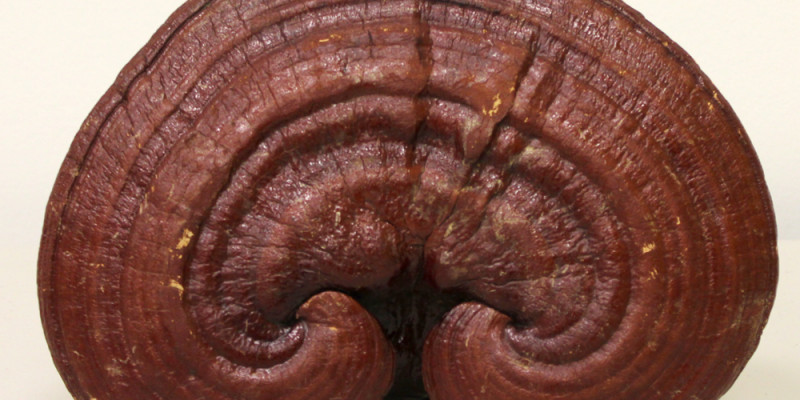

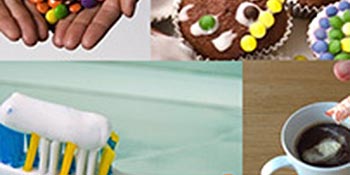
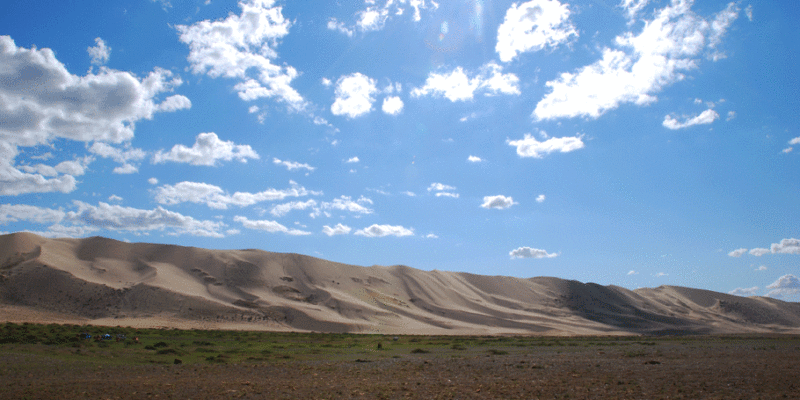

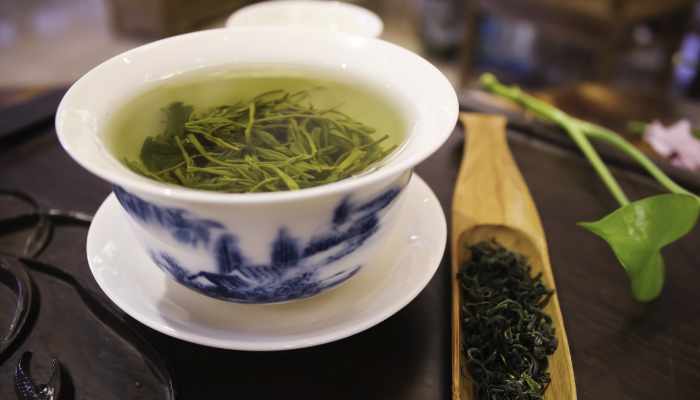 You may be wondering, is green tea good for menopause? Most of us have heard that green tea is good for us, but why? The answer is that drinking green tea provides many health benefits, including:
You may be wondering, is green tea good for menopause? Most of us have heard that green tea is good for us, but why? The answer is that drinking green tea provides many health benefits, including: